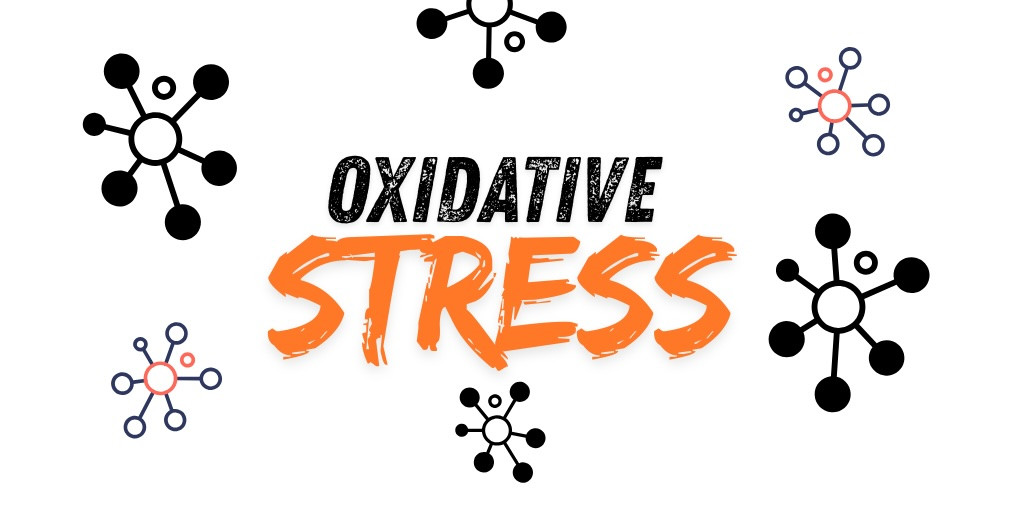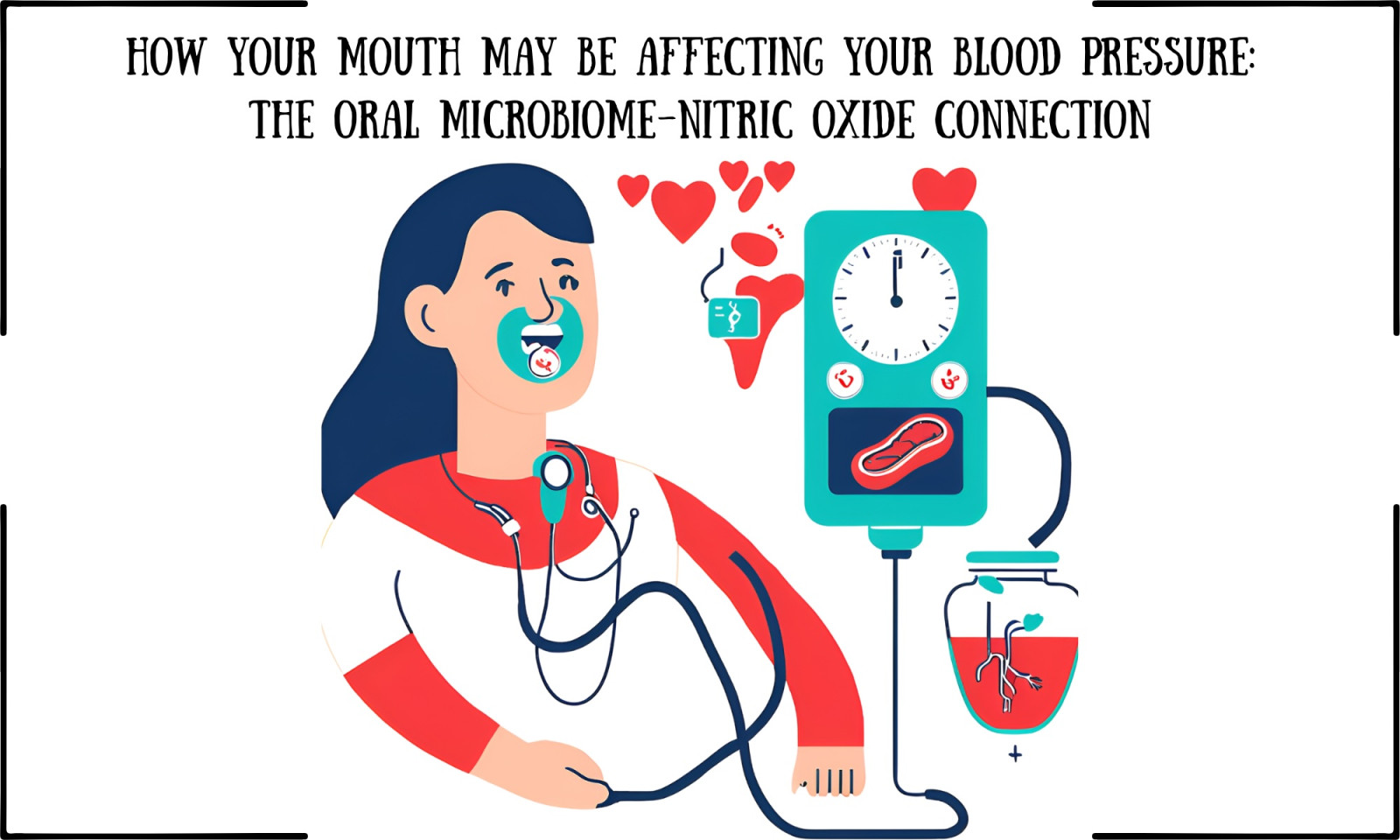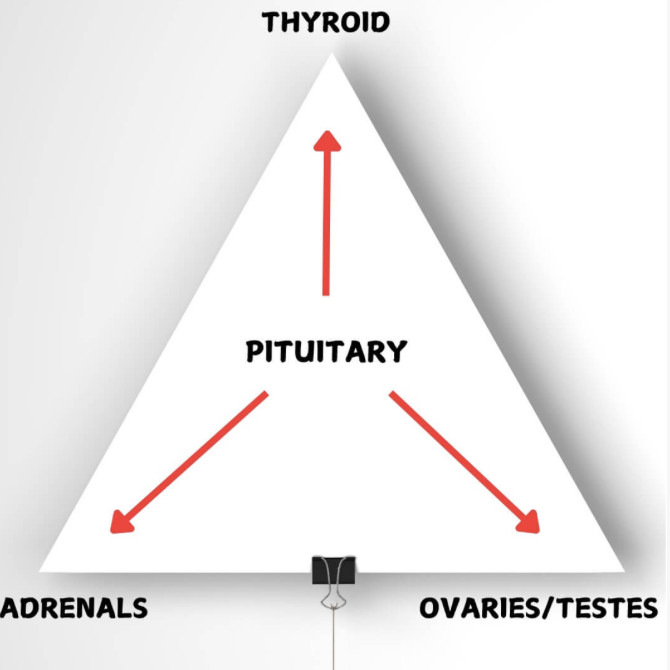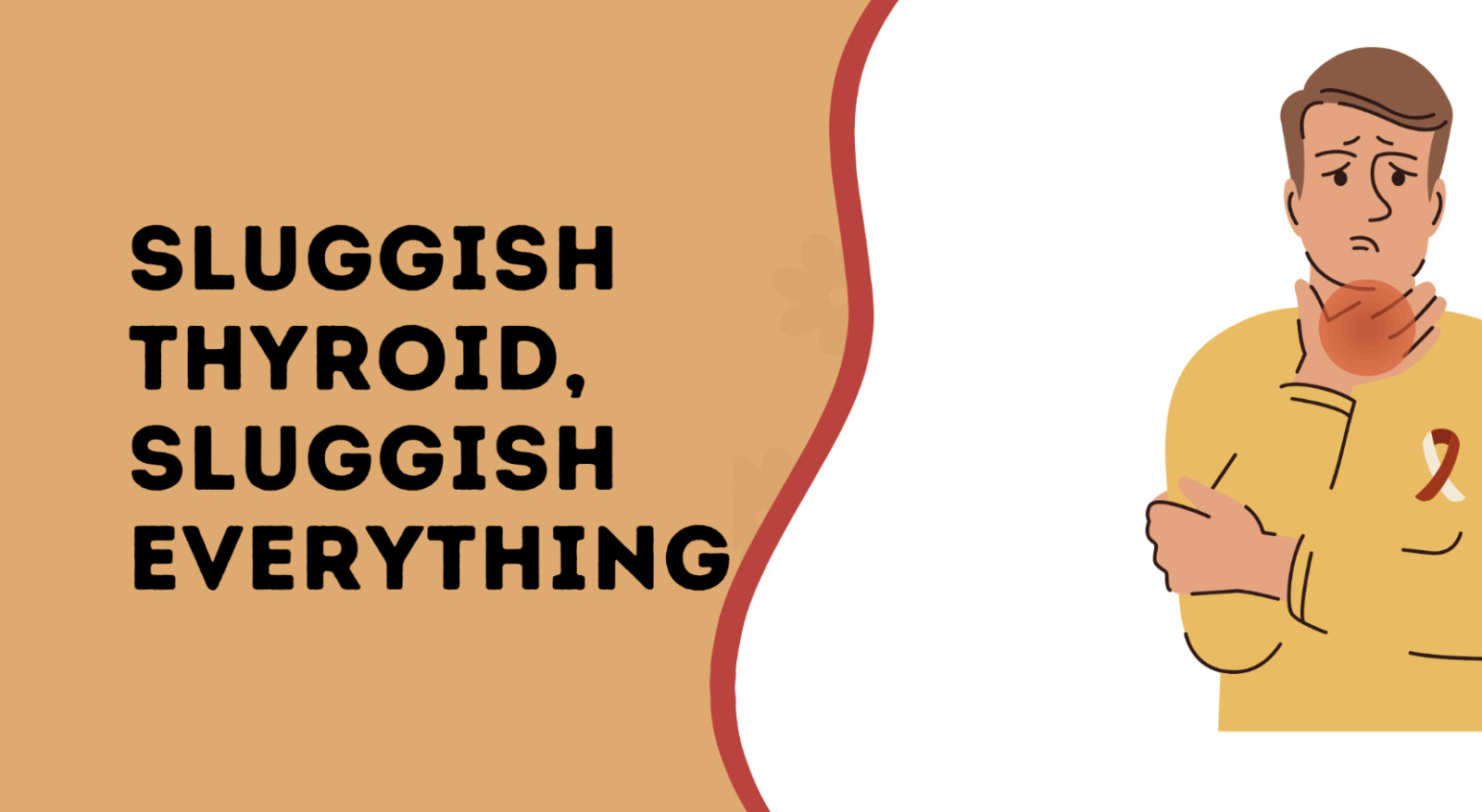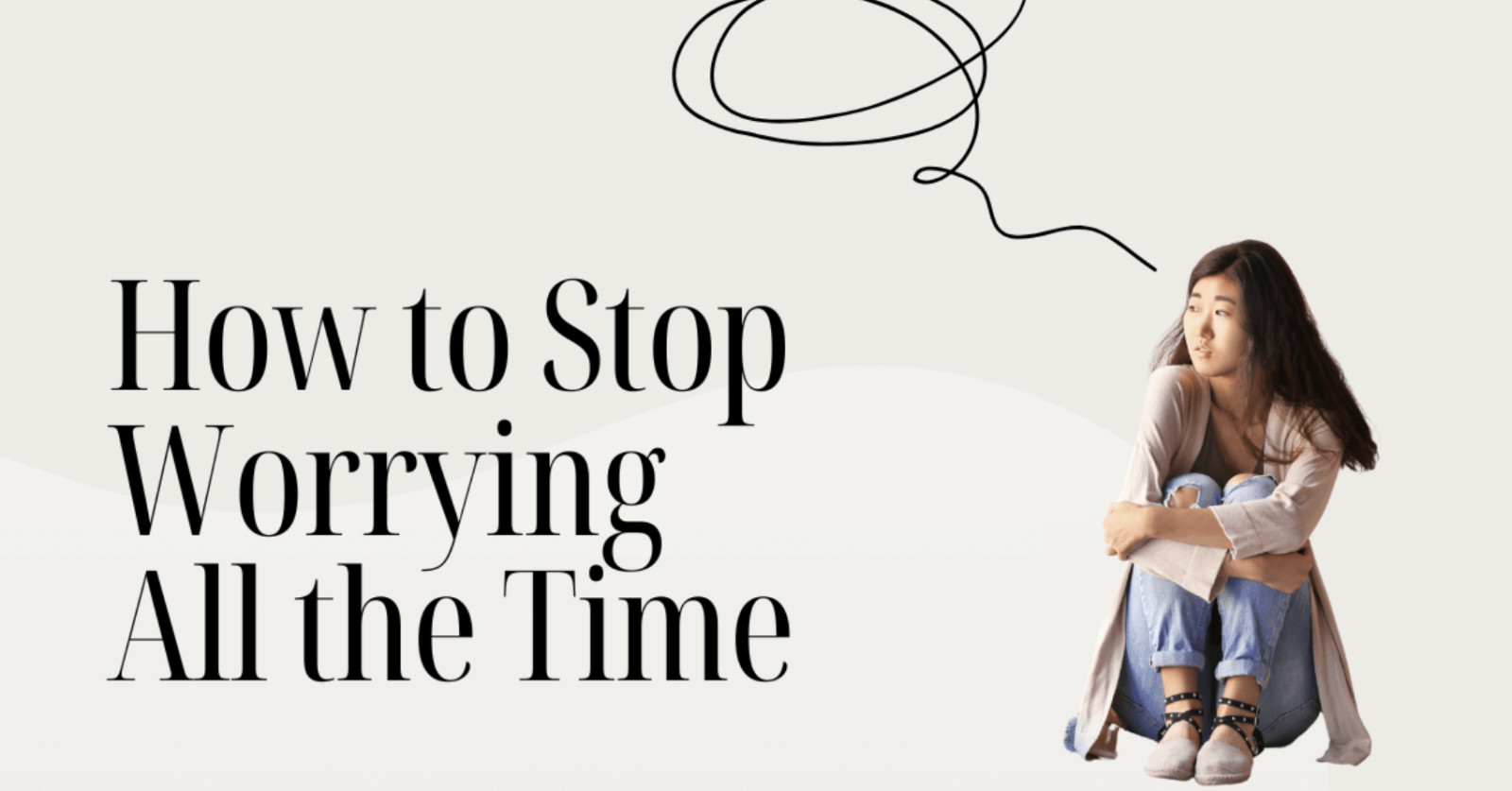
Worrying is a common human experience, yet excessive concern can impact our mental and physical health if left unaddressed. To combat constant worrying, it is essential to prioritize your concerns by writing them down, creating space in your mind for positive and calming thoughts. Through categorizing and prioritizing, you can manage your worries more effectively, ultimately working towards a stress-free lifestyle.
Incorporating relaxation into your routine, whether through a new hobby or spending time with friends, is crucial to finding balance. Sharing your problems with trusted individuals can also provide relief and offer new perspectives that aid in alleviating stress. Additionally, exercise serves as a powerful tool to channel nervous energy, promoting both physical and mental wellness.
Taking control of your worries can also involve reflection and creating actionable steps to address concerns. By identifying what is within your control, you can develop a proactive approach to tackle your concerns systematically. These practices can significantly decrease anxiety, paving the way for a healthier and more relaxed life.
Read more...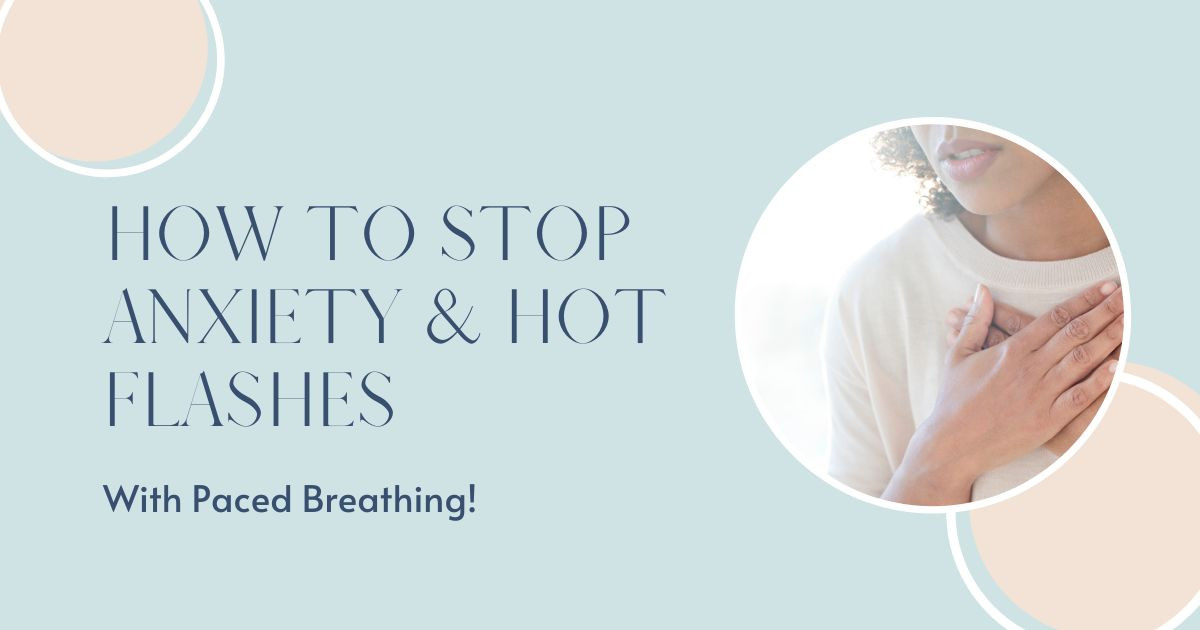
Paced breathing is a simple yet powerful technique that can enhance your overall well-being by managing common health conditions and boosting energy levels. By intentionally lengthening each inhalation and exhalation, paced breathing can effectively reduce hot flashes by influencing the autonomic nervous system, which plays a crucial role in regulating body temperature. Additionally, this breathing practice is beneficial in easing anxiety, as it counters shortness of breath often linked to panic attacks, and helps improve resistance to everyday stresses.
Many individuals find that paced breathing enhances their mood by increasing oxygen flow to the brain, making them feel more alert and cheerful. It is an excellent method for managing stress, which, in turn, assists in reducing chronic inflammation and emotional distress. Furthermore, paced breathing serves as a valuable tool for pain management, offering distraction and relaxation, promoting better sleep patterns, and aiding in quicker recovery from surgeries or injuries.
Adopting paced breathing involves understanding the hormonal shifts associated with stress, aiming for 5 to 8 breaths per minute, and ensuring each breath is deep and thorough. Practicing twice a day in brief sessions can yield optimal results, with aids like counting breaths or using visual objects helping focus. Individuals are encouraged to expand their practice by exploring additional mindful breathing techniques through yoga, meditation, or various resources, paving the way for improved health and quality of life.
Read more...

